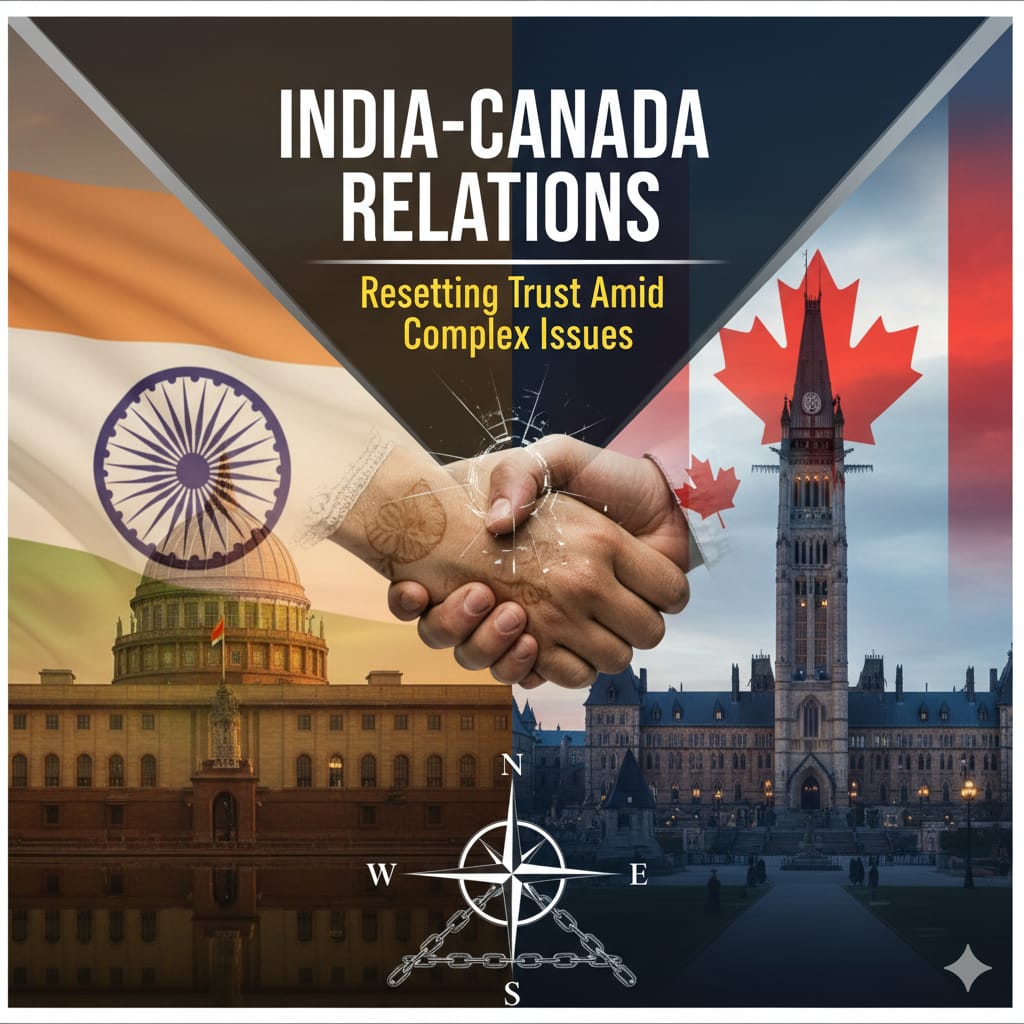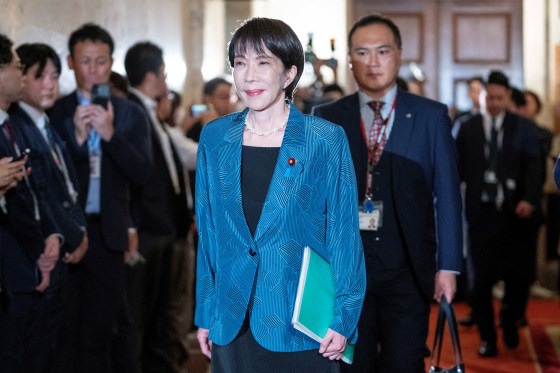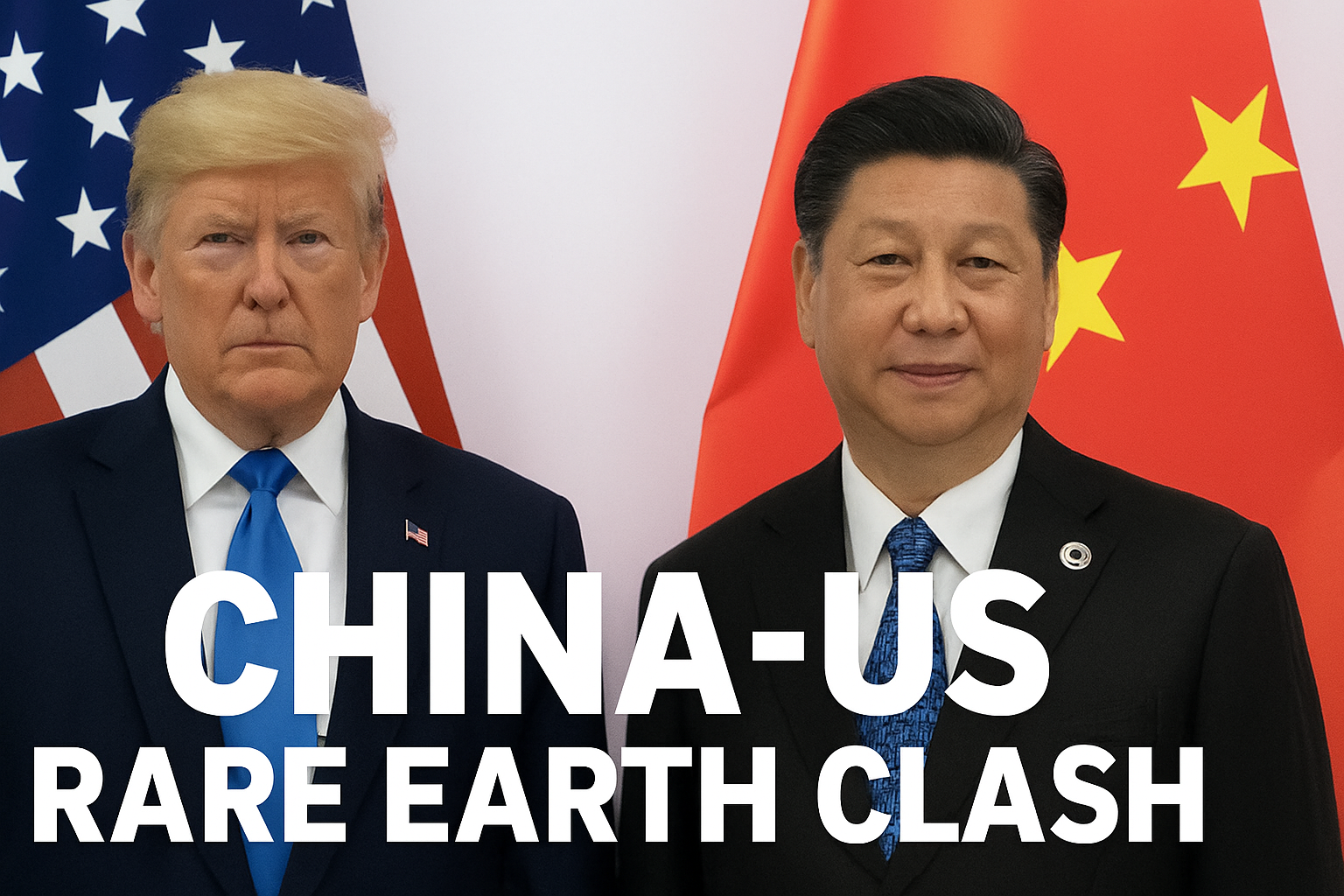.jpeg)
New Delhi – The Prime Minister’s Internship Scheme (PMIS), launched with much fanfare in October 2024, appears to be grappling with early teething issues. While the government’s ambitious plan aimed at delivering 10 million internships over five years has made a promising start on paper, the on-ground execution paints a far more sobering picture.
According to government data tabled in the Lok Sabha earlier this week, only 8,700 candidates joined internships out of 82,000 offers made in the first round—just over 10% uptake. The scheme, which is targeted at youth between the ages of 21 and 24 who are either graduates or pursuing their final year of study, was envisioned as a national employment and skill-building pipeline. Yet, the initial numbers suggest that several systemic issues need urgent attention.
A Grand Vision with Modest Beginnings
The PMIS was rolled out with the intent of bridging the gap between education and employability in India, especially for young graduates lacking professional exposure. The plan for the first year was to offer 1.25 million internships across two phases. Over five years, the target expands to a massive 10 million.
In its first phase, 6.21 lakh applications were received. Out of these, 82,000 internships were offered, and 28,000 candidates responded positively to the offers. However, only 8,700 ultimately joined, revealing a high attrition rate. The Ministry of Corporate Affairs, which is overseeing the scheme, has not offered any official explanation for the low turnout. Analysts suggest several reasons: mismatches in skill expectations, geographic relocation challenges, low stipend amounts, and possibly unclear communication from host organizations.
The second phase, launched in January 2025, saw 4.55 lakh applications and over 71,000 offers rolled out. However, updated data on joinings is not yet available. At present, a total of 9,453 internships across both rounds are officially underway or completed.
Internship Funding: A Mixed Financial Picture
The financial structure of the PMIS is carefully tiered to promote shared responsibility. Each intern receives a one-time incidental grant of ₹6,000 and a monthly stipend of ₹5,000. Of this, ₹4,500 is paid by the central government, and the remaining ₹500 is expected to be contributed by the employer—whether in the public or private sector.
Initially, the scheme had been allocated ₹2,000 crore for FY 2024–25. However, in the Revised Estimates, this was sharply reduced to ₹380 crore. As of now, actual expenditure has been reported at only ₹50 crore, far below expectations. In a show of continued commitment, the government raised the Budget Estimate for FY 2025–26 to ₹10,800 crore, suggesting that it is willing to invest heavily in revamping and scaling the program.
Who’s Hiring: PSU Dominance and Limited Private Buy-In
An analysis of employer participation reveals a heavy reliance on Public Sector Units (PSUs). So far, PSUs have absorbed 5,525 interns—about 58% of the total active internships. Among the most active PSUs are Oil and Natural Gas Corporation (ONGC) with 841 interns, NTPC Ltd with 685, and Indian Oil Corporation with 344.
Private sector participation remains modest, accounting for 3,928 internships. Of these, 1,581 are from the banking and finance sector, with HDFC Bank alone hiring 490 interns. Industrial giants such as the Adani Group (66 internships), Reliance Industries (104), Mahindra & Mahindra (96), and Tata Group’s TCS (73) also offered internships across their subsidiaries.
However, corporate engagement has so far been limited. Only 10 private companies participated in Round I and 47 in Round II. This is a troubling indicator, given that the success of such large-scale programs ultimately depends on strong private-sector collaboration. Experts believe that unless the government introduces tax incentives, brand visibility benefits, or long-term workforce integration schemes, private sector involvement will remain lukewarm.
Regional Disparities Spark Debate
One of the more controversial revelations in the data is the regional skew in internship distribution. Out of the 9,453 internships currently underway, a staggering 6,983 or roughly 74%, have gone to BJP or NDA-ruled states. Uttar Pradesh alone accounts for 1,067 internships, and Assam follows closely with 1,408.
Meanwhile, states governed by opposition parties have received significantly fewer opportunities. Tamil Nadu (209), West Bengal (467), and Telangana (179) lag well behind. Critics argue that such uneven distribution raises questions about the transparency and fairness of the selection process. In response to a query by Leader of Opposition Rahul Gandhi, the ministry was unable to provide a detailed breakdown of how interns were selected across regions and sectors.
While it’s possible that differences in state-level infrastructure or digital literacy may influence application and selection rates, the lack of clear criteria adds to skepticism. Civil society observers have called for real-time dashboards and region-wise monitoring to ensure equitable access across the country.
Low Conversion Rate: A Structural or Communication Failure?
Perhaps the most concerning indicator is the extremely low conversion rate in the first round: out of 82,000 offers made, just 8,700 joined. This raises important questions about candidate awareness, onboarding processes, and employer follow-up.
“There might be a lack of clarity in how offers are communicated and accepted,” says Meenakshi Iyer, a policy analyst at the Centre for Youth Affairs. “Many students come from rural or semi-urban areas where navigating formal online systems or verifying internship legitimacy is a challenge. Some may have accepted other job offers, or simply found the stipend insufficient.”
To address this, experts suggest streamlining the offer acceptance mechanism, improving post-offer communication, and ensuring that internship descriptions are clear and realistic. In addition, a helpline or local facilitation centers could help address regional barriers.
Looking Ahead: Fixing Gaps and Building Trust
Despite the early roadblocks, the PM Internship Scheme represents an important step toward formalizing India’s entry-level work ecosystem. With increasing focus on employability and the growing demand for skilled labor, such programs can become a keystone for youth empowerment—provided they are designed for inclusivity, backed by data, and implemented with consistency.
The government has an opportunity to course-correct. A greater push toward onboarding more private firms, enforcing state-wise quotas to reduce disparities, and making the stipend more competitive will be vital in the coming rounds.
The stakes are high. If executed well, PMIS could not only train a new generation of skilled professionals but also serve as a model for other emerging economies looking to balance demographics with demand.



.jpeg)





.jpeg)



.jpeg)



.jpeg)
.jpeg)
.jpeg)

